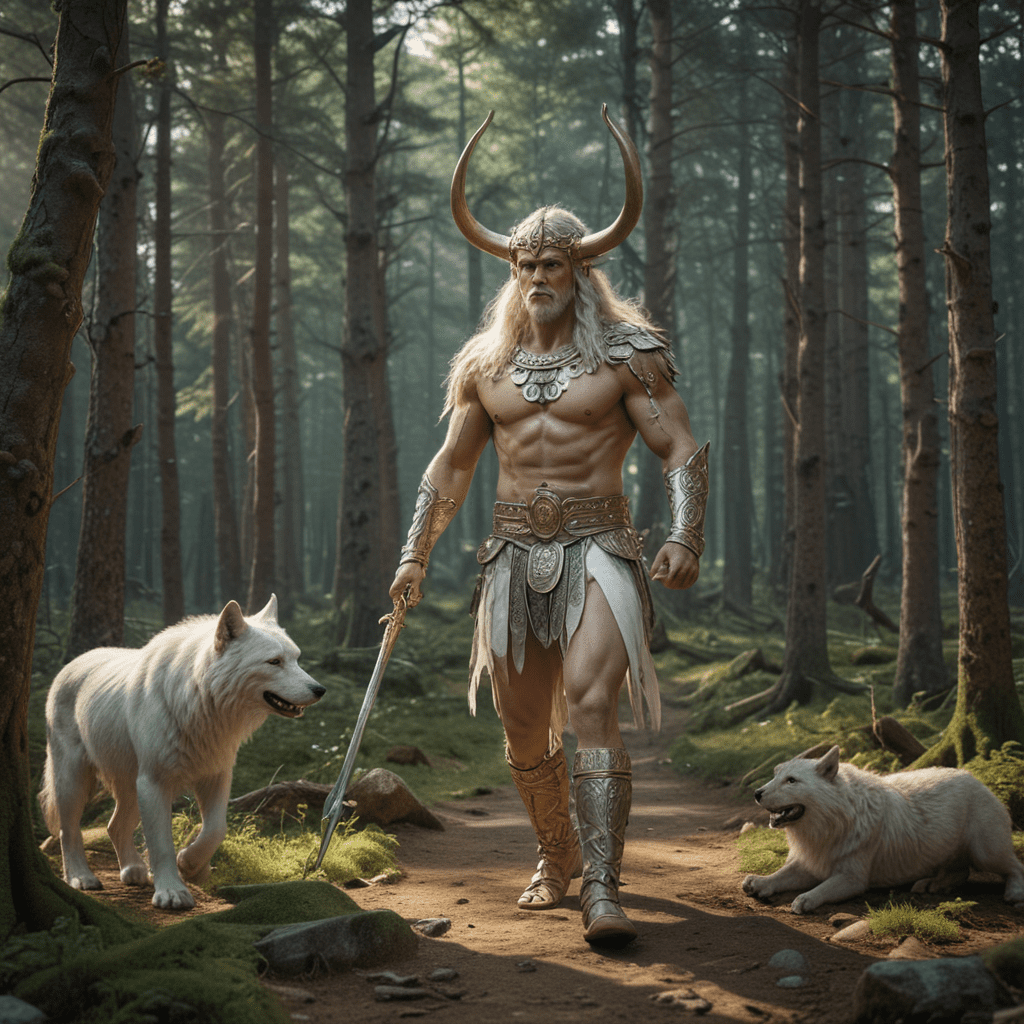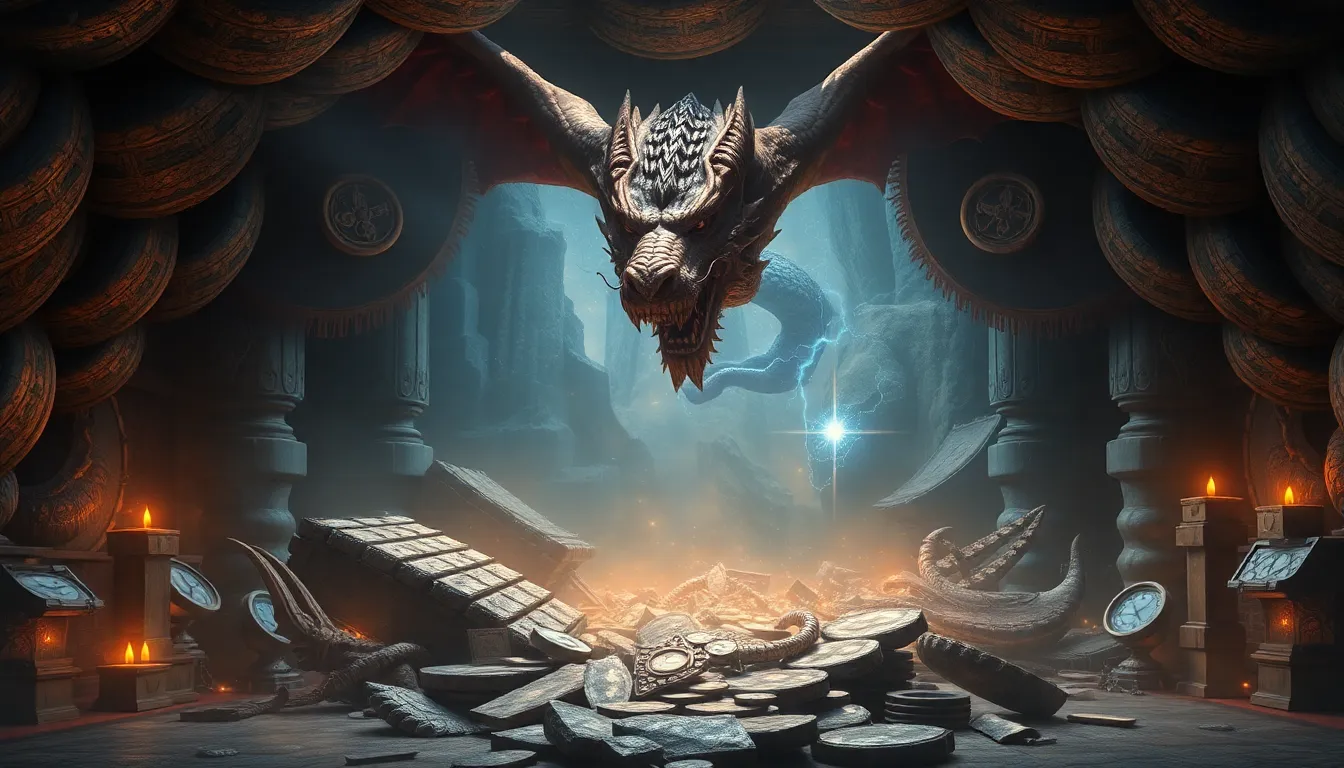1. Introduction to Finnish Mythology: A Realm of Enchanting Tales
Finnish mythology is a captivating tapestry of enchanting tales, captivating characters, and mystical beings deeply woven into the cultural fabric of Finland. Rooted in ancient beliefs and traditions, these myths have shaped the nation's art, literature, and customs, leaving an enduring imprint on Finnish identity.
2. Enigmatic Origins: Exploring the Roots of Finnish Mythology
The origins of Finnish mythology are shrouded in mystery, dating back to prehistoric times. Influences from neighboring cultures, such as the Sami people and Germanic tribes, have intertwined with indigenous beliefs to create a unique and captivating mythology. Oral traditions have played a pivotal role in preserving and transmitting these stories through generations.
3. Spirits of Nature: Animism in Finnish Folklore
Central to Finnish mythology is the concept of animism, the belief that spirits reside in all aspects of nature. Forests, lakes, and mountains are believed to be inhabited by powerful beings, each possessing unique characteristics and influence. These spirits, known as "haltijat," play a vital role in maintaining the balance and harmony of the natural world.
4. Nature and the Supernatural in Finnish Folklore
The connection between nature and the supernatural is a defining feature of Finnish folklore. Forests are often depicted as mysterious and alluring places, where mythical creatures roam and ancient trees whisper secrets. Lakes and rivers serve as gateways to the underworld, connecting the earthly realm with the realm of the dead.
5. The Influence of Mythology on Finnish Literature
Finnish mythology has had a profound influence on Finnish literature. From the epic poem "Kalevala" to contemporary works, mythical themes and characters continue to inspire and captivate writers. The richness and depth of Finnish mythology provide a fertile ground for literary exploration, allowing authors to delve into themes of identity, nature, and the human condition.
6. Mythology in Finnish Music and Art
The influence of Finnish mythology extends beyond literature into the realms of music and art. Traditional Finnish music, known as "kantele" music, often incorporates melodies and rhythms inspired by mythical tales. Contemporary Finnish composers have also drawn inspiration from mythology, creating musical works that evoke the mystical atmosphere and characters of Finnish folklore.
In the visual arts, Finnish mythology has inspired a wide range of works, from traditional crafts to contemporary paintings and sculptures. Artists have depicted mythical creatures, scenes from ancient stories, and the relationship between nature and the supernatural in their creations. These works showcase the enduring power of Finnish mythology as a source of artistic inspiration.
7. Rituals and Traditions Rooted in Finnish Mythology
Finnish mythology has given rise to a number of rituals and traditions that continue to be practiced today. The "sauna ritual," for example, is deeply rooted in ancient beliefs about the cleansing and healing powers of steam. Other traditions, such as the "Juhannus" festival, which celebrates the summer solstice, have their origins in mythological practices. These rituals and traditions provide a tangible link to the past, preserving the legacy of Finnish mythology in the present.
8. The Sauna: A Cultural Symbol with Mythological Origins
The sauna, an iconic symbol of Finnish culture, has its roots in Finnish mythology. According to legend, the sauna was created by the goddess of fire, Louhi, as a place of healing and purification. The sauna is believed to possess mystical properties, and it is often used for rituals and ceremonies. The sauna experience is considered an important part of Finnish identity, embodying the connection between nature, spirituality, and well-being.
9. Finnish Mythology in Modern Society
While Finnish mythology has its origins in ancient beliefs, it continues to play a significant role in modern Finnish society. It influences everything from literature and art to design and fashion. Finnish mythology provides a sense of identity and belonging for Finns, connecting them to their past and shaping their present. The enduring legacy of Finnish mythology is a testament to its power to inspire, captivate, and resonate with people across generations.
10. Conclusion: The Enduring Legacy of Finnish Mythology
Finnish mythology is a rich and diverse tapestry of tales, characters, and beliefs that has profoundly shaped Finnish culture. Its influence can be seen in literature, music, art, rituals, and traditions. The enduring legacy of Finnish mythology lies in its ability to connect people to their past, inspire creativity, and provide a sense of identity. As a vibrant and ever-evolving part of Finnish society, Finnish mythology continues to enchant and captivate, ensuring its timeless significance.
Frequently Asked Questions
Q: What is the oldest known Finnish myth?
A: The oldest known Finnish myth is the "Kalevala," an epic poem compiled in the 19th century but based on much older oral traditions.
Q: Who are some of the most important gods in Finnish mythology?
A: Some of the most important gods in Finnish mythology include Ukko (the god of thunder), Ilmarinen (the god of the sky), and Tuoni (the god of the underworld).
Q: How has Finnish mythology influenced modern Finnish culture?
A: Finnish mythology has influenced modern Finnish culture in numerous ways, from inspiring literature and art to shaping design and fashion. It provides a sense of identity and belonging for Finns, connecting them to their past and shaping their present.



